Space News
Ars Technica
74
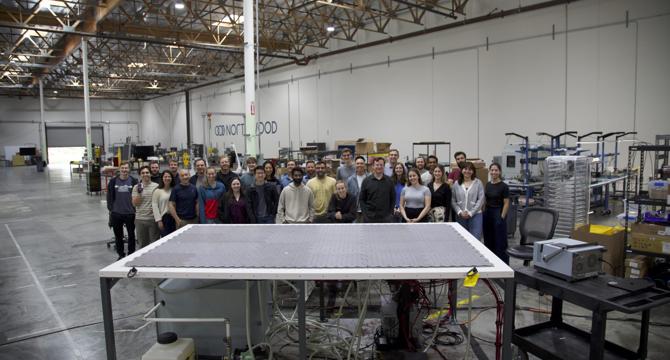
Image Credit: Ars Technica
Northwood Space successfully tests second-generation phased array antenna
- Northwood Space has successfully tested the second generation of its phased array antenna technology, allowing communication with satellites in various orbits.
- The company's prototype gateway established connections with multiple satellites during recent testing, paving the way for commercial deployment in the near future.
- The production-ready antenna system, named Portal, is designed to support 500 spacecraft across different orbits and frequencies, showcasing enhanced capabilities compared to the first-generation antenna.
- Northwood Space aims to address the increasing demand for downloading satellite data by deploying its advanced antennas, with plans to serve commercial customers globally in the coming months.
Read Full Article
4 Likes
Earthsky
212
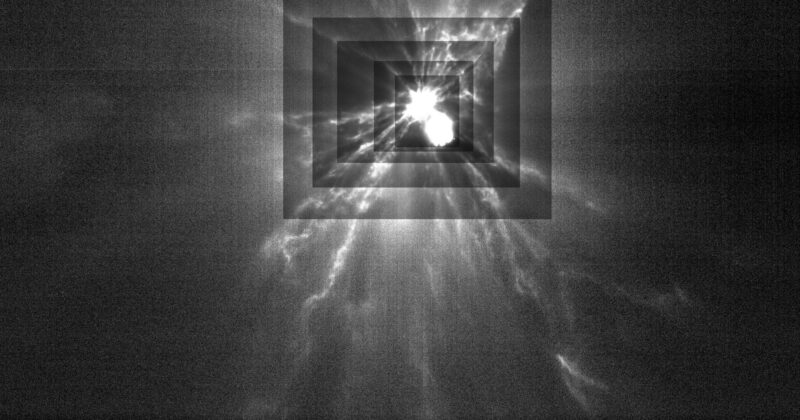
Image Credit: Earthsky
NASA’s DART mission unleashed a blitz of boulders into space
- NASA’s DART mission struck asteroid moon Dimorphos to test deflection efforts, revealing surprises.
- Ejected boulders carried 3 times more momentum than spacecraft, complicating future defense strategies.
- Astronomers from the University of Maryland discovered unexpected forces in asteroid deflection.
- Ejecta wasn't scattered randomly, instead clustered in distinct groups pointing south.
- Understanding boulder debris crucial for future asteroid deflection missions and European Space Agency's Hera.
Read Full Article
12 Likes
TechCrunch
239

Image Credit: TechCrunch
Get your exhibit table at TechCrunch Disrupt 2025
- TechCrunch Disrupt 2025 is offering exhibit tables at Moscone West in San Francisco on October 27-29, presenting an opportunity for startups to showcase their innovation to a vast audience of startup pioneers, VC leaders, and tech enthusiasts.
- Exhibitors will benefit from maximum exposure, networking opportunities, and brand visibility across various platforms, all for a package price of $10,000.
- The exhibit table package includes features like a 6’ x 30″ table, lead generation via the TechCrunch Disrupt app, sponsor branding, passes for team members, access to the press list, and various branding opportunities.
- Limited tables are available, so interested parties are encouraged to act quickly to secure their spot at TechCrunch Disrupt 2025 and enhance their brand presence at this highly anticipated tech conference.
Read Full Article
14 Likes
Nasa
229
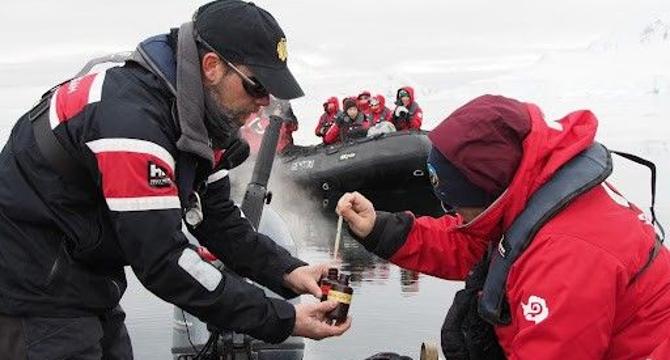
Image Credit: Nasa
Polar Tourists Give Positive Reviews to NASA Citizen Science in Antarctica
- A new paper highlights the positive impact of NASA's citizen science project, FjordPhyto, on polar tourism experiences.
- Travelers in Antarctica collect data and samples during the polar summer season to aid researchers in understanding changes in microalgae communities.
- Ninety-seven percent of respondents reported that participating in citizen science enriched their travel experience, making them feel more connected to the environment and Antarctica's scientific culture.
- The project allows tourists to contribute to scientific research while being reminded of environmental responsibilities, creating a unique and enriching experience for participants.
Read Full Article
13 Likes
Discover more
Ars Technica
261
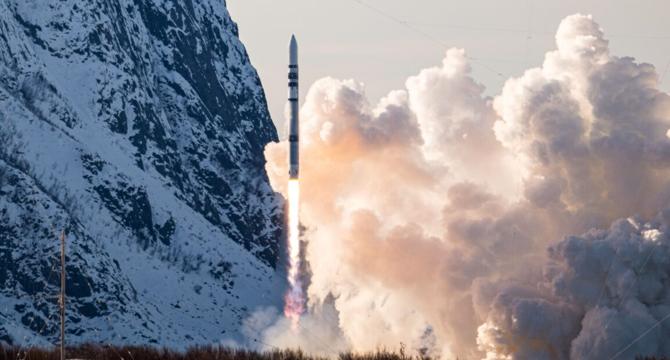
Image Credit: Ars Technica
Sizing up the 5 companies selected for Europe’s launcher challenge
- Five launch startups in Europe are eligible for up to 169 million euros in funding.
- ESA selected Isar Aerospace, MaiaSpace, Rocket Factory Augsburg, PLD Space, and Orbex.
- These companies will negotiate with European governments for funding before signing binding agreements.
- Criteria for selection included technical and business maturity, sustainability, markets, and compliance.
Read Full Article
14 Likes
Earthsky
196

Image Credit: Earthsky
Probing the cosmic Dark Ages from the far side of the moon
- To detect ancient whispers from the cosmic Dark Ages, a UK-led mission proposed CosmoCube.
- The spacecraft aims to listen for radio signals from the early universe on the moon's far side.
- This quiet lunar location will help study the universe's Dark Ages and Cosmic Dawn.
Read Full Article
11 Likes
The Robot Report
352

Augmentus raises Series A+ funding to reduce robot programming complexity
- Augmentus raises $11M in Series A+ funding to accelerate regional deployment.
- The company aims to advance AI-driven robots for factory automation and make programming easier.
- Augmentus solution integrates 3D scanning, toolpath generation, and adaptive motion control.
- Funds will be used for development of 'augmented robotics' for real-time adjustments.
Read Full Article
21 Likes
The Robot Report
111

JAXA tests PickNik’s MoveIt Pro software in multi-armed robotic system for the ISS
- MoveIt Pro evaluated by JAXA in robotic system planning/control for ISS.
- PickNik and JAXA teamed up for ISS cargo handling project, PORTRS.
- Complex, multi-armed robotic system showcased to handle microgravity tasks efficiently.
- Cost-efficient robot assistance for mundane space tasks aims to improve astronaut productivity.
Read Full Article
6 Likes
Brighter Side of News
114
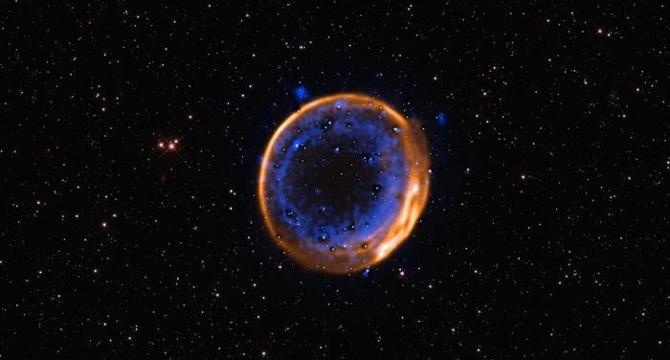
Image Credit: Brighter Side of News
Astronomers find first visual proof of a star exploding twice
- Astronomers capture first visual evidence of star exploding twice, challenging current theories.
- Observations of Type Ia supernova remnant reveal the process in SNR 0509-67.5.
- Study led by PhD student unveils double detonation of white dwarf star.
- Discovery sheds light on cosmic evolution and origin of elements in the Universe.
Read Full Article
6 Likes
Knowridge
221
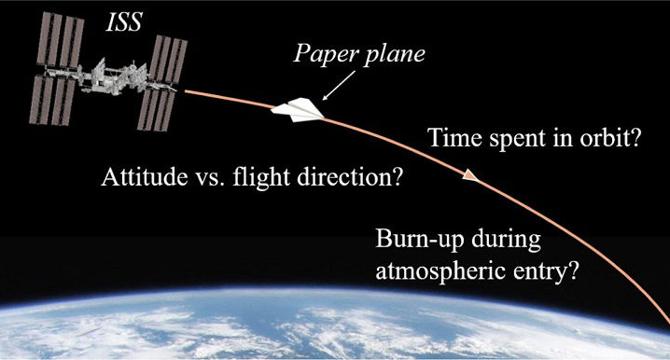
Image Credit: Knowridge
What if you threw a paper airplane from the space station
- A study from the University of Tokyo explored what happens when a paper airplane is thrown from the International Space Station (ISS).
- The paper airplane was made from a standard A4 sheet of white paper, resembling a basic origami design but with aerodynamic modeling.
- Simulations showed that when the paper airplane was launched from the ISS at 400 km with a speed of 7800 m/s, it descended relatively stable until reaching around 120 km altitude.
- At 120 km altitude, increased air density induced uncontrollable tumbling, leading to an uncontrolled flight path similar to traditional paper airplanes. Experimental testing in a wind tunnel showed the paper airplane could withstand high winds but would eventually burn up in the atmosphere.
Read Full Article
13 Likes
Earthsky
385
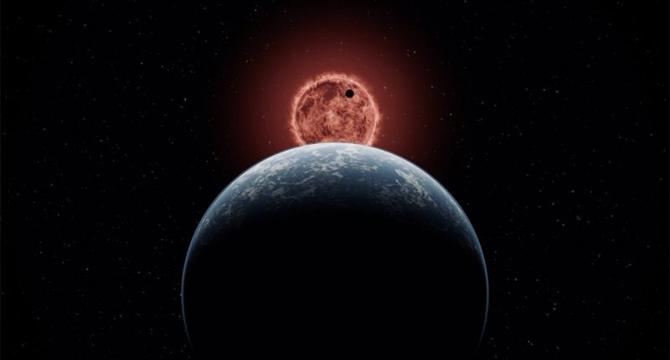
Image Credit: Earthsky
Small planets are common around small stars, says new study
- Exoplanets with masses similar to Earth are common, especially around red dwarf stars.
- Study led by Heidelberg University in Germany discovered four small exoplanets around red dwarfs.
- Research supports search for habitable planets orbiting red dwarf stars, some in habitable zones.
- Low-mass stars like red dwarfs are common and most favorable for finding Earth-like planets.
Read Full Article
23 Likes
Earthsky
335

Image Credit: Earthsky
The Northern Cross: Find the backbone of the Milky Way
- The Northern Cross is a clipped version of the constellation Cygnus the Swan.
- It’s an asterism embedded within the Summer Triangle, easy to spot in the night sky.
- The Northern Cross provides a direct view into the flat disk of our Milky Way.
Read Full Article
20 Likes
Knowridge
256
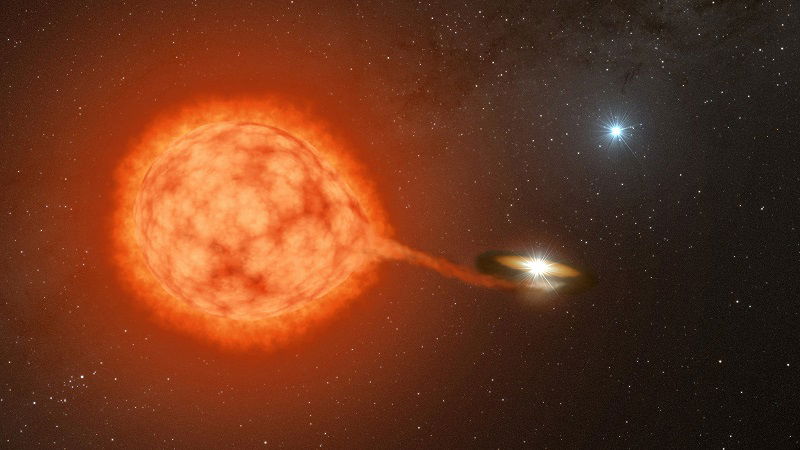
Image Credit: Knowridge
“Third Wheel” star brings companions closer together
- White dwarfs, remnants of stars, can steal mass from their companion star, triggering novae eruptions.
- A Caltech-led study reveals a surprising twist in cataclysmic variables formation - a third star may play a key role.
- Data from the ESA's Gaia mission identified 50 cataclysmic variables in triple-star systems.
- Computer simulations suggested that around 40% of cataclysmic variables in our galaxy form in triple systems.
Read Full Article
15 Likes
Guardian
345
Image Credit: Guardian
MethaneSat down: how New Zealand space ambitions fell off the radar
- New Zealand's MethaneSat, a methane-tracking satellite, was lost in space, impacting scientists and space ambitions.
- The satellite, aimed at identifying methane polluters, suffered setbacks leading to its unrecoverable loss.
- Despite the failed mission, New Zealand's space expertise and capability have been enhanced.
- Investment in MethaneSat faced delays and criticisms, but valuable data was collected.
Read Full Article
21 Likes
Knowridge
48
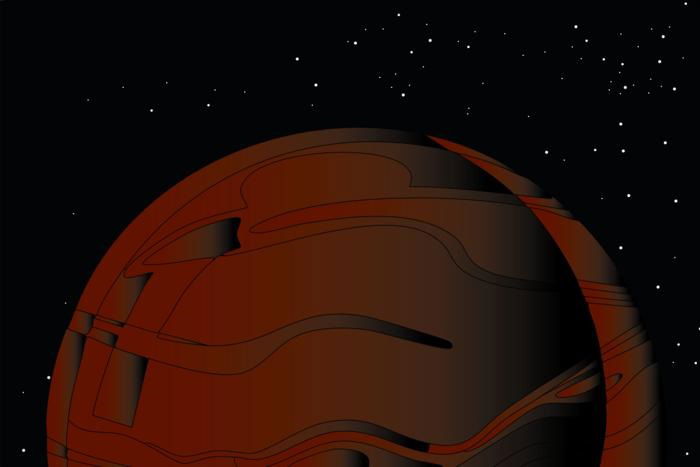
Image Credit: Knowridge
Dark matter could create dark dwarfs at the center of the Milky Way
- Dark matter, a cosmic mystery, may create 'dark dwarfs' at Milky Way's center.
- These 'dark dwarfs' could be powered by dark matter annihilation, making them detectable.
- New theoretical research explores how dark matter could interact with sub-stellar objects.
- Detection of 'dark dwarfs' would provide insights into nature of dark matter.
- This study suggests dark dwarfs may retain lithium, making them distinguishable from regular dwarfs.
Read Full Article
2 Likes
For uninterrupted reading, download the app